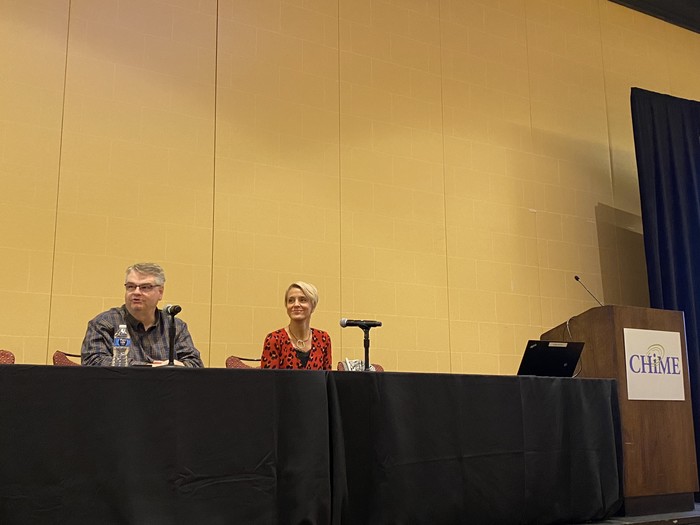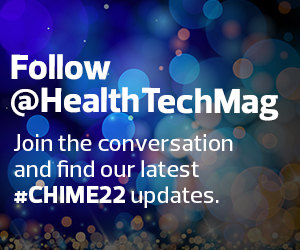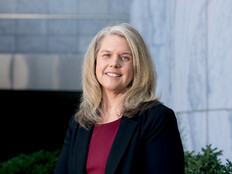Frederick Holston, Director of Healthcare at Sirius, a CDW company, and Dr. Stephanie Lahr, CIO and Chief Medical Information Officer at Monument Health, survey the room during their session.
Think Outside the Box When Tackling Staff Shortages in Healthcare
Holston and Lahr also presented poll questions and answers to engage their audience. The first question: Which areas of workforce shortage are you involved in addressing within your organization?
- Areas within my span of control
- Corporate service areas across the health system
- All areas, clinical and nonclinical
- I am not involved in discussions regarding workforce shortage
Lahr’s response included the first three answers, but she said the aspect that keeps her up at night “is really around the clinical. I just feel that that is the space where if we don’t fix it, there’s not going to be a lot left to do in healthcare at all. And that’s where it’s the most broken.”
If healthcare organizations are serious about implementing precision medicine and offering more personalized care to patients, they must improve the way data is captured and incorporated. “Stop asking people to click a box to tell us what that data point is,” she said.
For example, if there’s an issue with monitoring patients on noninvasive ventilator support, rather than pushing them into the intensive care unit, could they instead be in respiratory therapy, with a respiratory therapist watching the patients through a computer vision tool? Instead of using an old-school solution of putting them into an ICU with a 1-to-1 or 1-to-2 nursing ratio, why not lean on technology to help?
“If you think about it the right way, it’s really digging into what is foundational in the problem that we’re needing to solve and how do we creatively solve it? Because these old solutions that we are using are just passing the buck onto areas that also can’t be sustained,” Lahr said.
“For me, my passion and my focus is #BringTheJoyBackToMedicine and #ReduceTheFriction. That’s what we have to do.”
Click to gain access to exclusive HealthTech content from CHIME22 and beyond.















